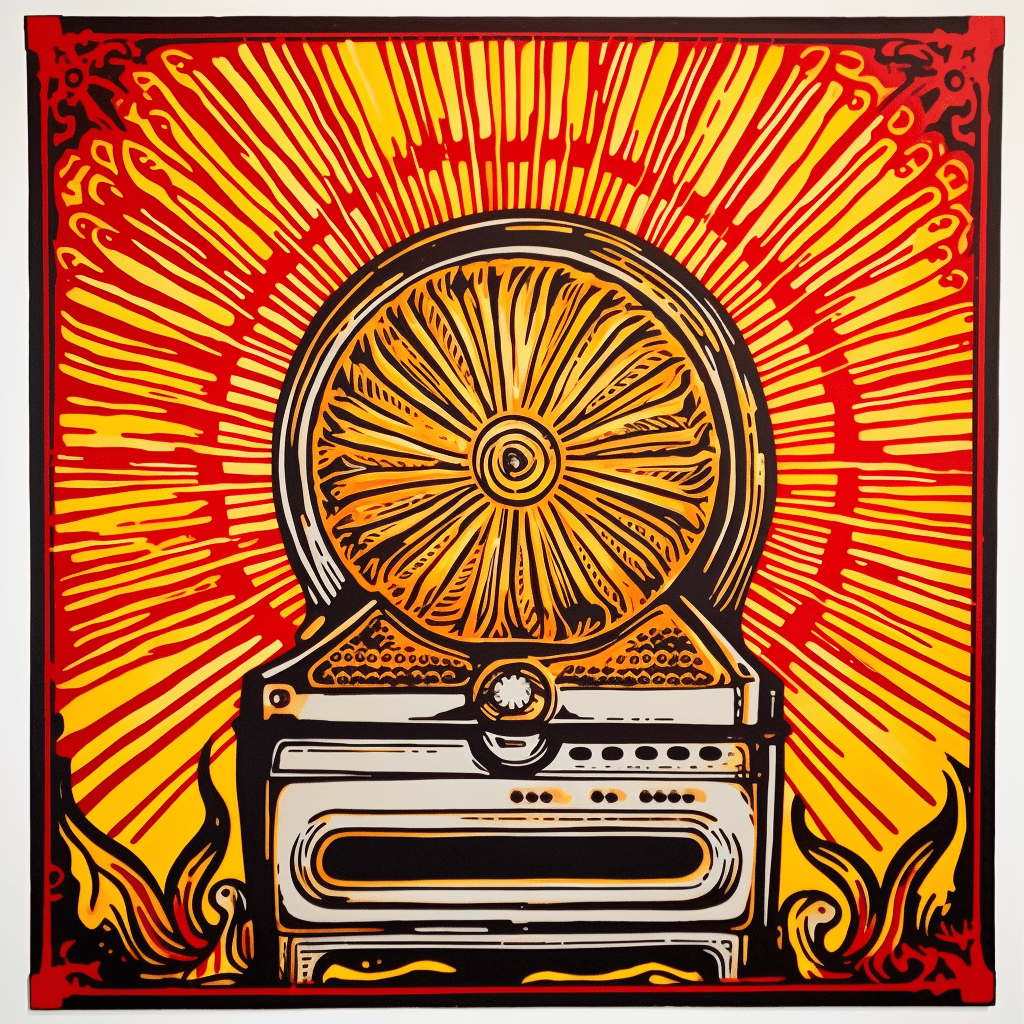Difference Between Conventional and Convection Oven
Introduction: Many households rely on ovens for cooking, baking, and roasting delicious meals. When it comes to choosing an oven, you may come across two main types: conventional and convection ovens. While both serve the same purpose, there are distinct differences between them. Let’s take a closer look at the difference between conventional and convection ovens.
1. How They Work:
Conventional Oven: A conventional oven uses heating elements, typically at the bottom and top of the oven, to produce heat. The elements generate the heat, which then envelops the food, cooking it from the bottom and the top.
Convection Oven: In contrast, a convection oven utilizes a fan and an additional heating element located at the back of the oven. The fan circulates the hot air throughout the oven, providing a consistent and even distribution of heat around the food.
2. Air Circulation:
Conventional Oven: In a conventional oven, the hot air rises, creating a natural convection cycle within the oven. This can result in uneven cooking, with hot spots and cold spots.
Convection Oven: On the other hand, a convection oven’s fan actively circulates the heated air, ensuring that the temperature is consistent throughout the cooking process. As a result, food cooks more evenly and at a faster rate.
3. Cooking Time:
Conventional Oven: Due to the uneven distribution of heat, conventional ovens often require longer cooking times. It is necessary to rotate the trays or pans during cooking to minimize variations in temperature.
Convection Oven: With the forced hot air circulation, convection ovens can cook food faster and more evenly. This means you can typically reduce the cooking time and, in some cases, even lower the temperature.
4. Energy Efficiency:
Conventional Oven: Conventional ovens tend to consume more energy as they rely solely on the heating elements to generate heat. The longer cooking times can also contribute to higher energy use.
Convection Oven: In comparison, convection ovens are generally more energy-efficient. The reduced cooking time and lower required temperature can help save energy in the long run.
5. Recommended Use:
Conventional Oven: Conventional ovens are suitable for cooking traditional recipes and dishes that don’t require precise and even heating. They are commonly used for baking simple cakes, casseroles, and roasting.
Convection Oven: Convection ovens are ideal for cooking large cuts of meat, pastries, and baked goods. Due to the even heat distribution, they are often preferred for recipes that require more precise control over the cooking process.
Conclusion:
In summary, the difference between conventional and convection ovens lies in how they generate and distribute heat. While conventional ovens rely on heating elements and natural convection, convection ovens use a fan to circulate the hot air. Convection ovens offer more even cooking, faster cooking times, and often greater energy efficiency. Understanding these distinctions can help you choose the right oven for your cooking needs.












